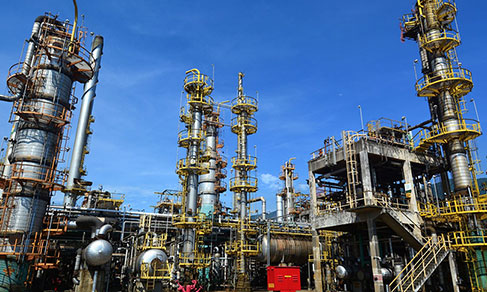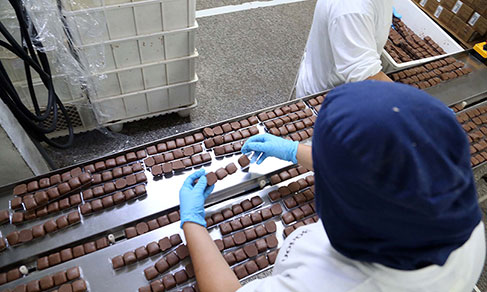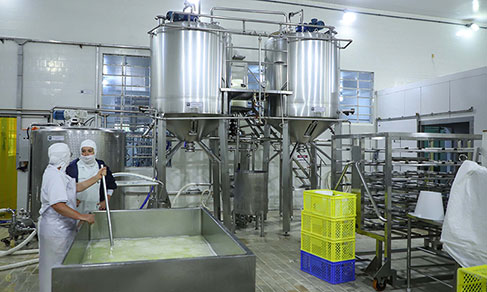National industry
Industrial output grows 0.4% in January, registers ninth rise in a row
March 05, 2021 09h00 AM | Last Updated: March 05, 2021 04h45 PM

The national industrial output grew for the ninth consecutive month and advanced 0.4% in January 2021 over the previous month. Although it is still 12.9% below the record level reached in May 2011, the industrial sector has been increasing the distance in relation to the losses registered in the beginning of the pandemic, between March and April 2020, which accrued -27.1%.
Nevertheless, the positive behavior in January was slighter than that recorded in the previous months, as well as less widespread among the activities. This information is from the Monthly Industrial Survey - PIM, released today (5) by the IBGE.
"We noticed the maintenance of the positive behavior of the industrial sector, though its pace decelerated in January. In April last year, the difference from the record level was -38.8%. We are now closer (-12.9%), though still with a two-digit loss. However, it should be noticed the amount of sectors that stayed on the negative side, the majority (14 out of 26), a behavior that was not noticed in the previous months of this sequence of nine months of growth," assesses André Macedo, manager of the survey.
Two out of four major economic categories and 11 out of 26 sectors surveyed grew their output. Among the activities, the most relevant positive influence was registered by that of food products, which advanced 3.1%, thus offsetting part of the cumulative reduction of 11.0% in the last three months of 2020.
Among the 14 activities that reduced their output, basic metals (-13.9%) recorded the major negative impact in January, thus interrupting six months of consecutive positive rates that accrued an expansion of 59.0% in this period. The sector of wearing apparel and accessories remained stable (0.0%).
Among the major economic categories, capital goods recorded the steepest positive rate in January 2021 (4.5%), posting the ninth consecutive month of expansion in the production and accruing an advance of 148.4% in this period. The sector producing semi and non-durable consumer goods (2.0%) also grew above the industry average (0.4%), thus offsetting the negative figure registered in December 2020 (-0.4%).
On the other hand, the segments of intermediate goods (-1.3%) and of durable consumer goods (-0.7%) recorded negative rates this month. Intermediate goods, which are those products that feed the final production – like, for example, basic metals and petroleum products –, reported the sharpest loss since April 2020, thus reversing the expansion of 1.4% registered in December. Durable consumer goods interrupted eight consecutive months of positive rates, a period in which it accrued an advance of 552.2%.
Industry grew 2.0% over January 2020
Compared with the same month a year ago, the industrial sector advanced 2.0% in January 2021, with positive figures in two out of four major economic categories, 18 out of 26 sectors, 52 out of 79 groups and 57.9% of the 805 products surveyed. It should be highlighted that January 2021 (20 days) had less two days than the same month last year (22).
In this comparison, the category of capital goods (17.0%) recorded the steepest advance among the major economic categories in January 2021. The segment of intermediate goods (2.3%) also grew above the industry average (2.0%). In contrast, the sectors producing durable consumer goods (-4.2%) and semi and non-durable consumer goods (-0.4%) posted the negative rates this month among the major economic categories.
In the quarterly moving average, the industry grew 0.8% in the quarter ended in January 2021 against the previous month, after also advancing in December (1.0%), November (1.6%), October (2.4%), September (4.8%), August (7.0%) and July (9.0%) 2020, when it interrupted the predominantly downward trend started in November 2019.



















